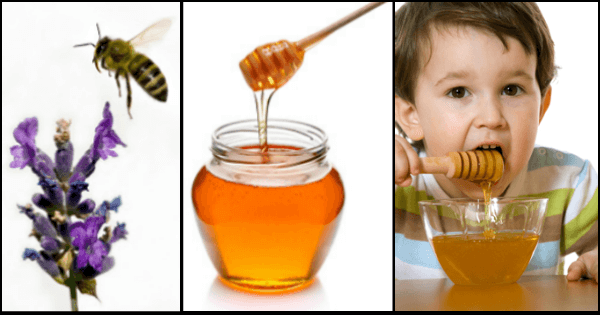 Have you heard of the term “nutritionism”?
Have you heard of the term “nutritionism”?
It’s the idea that foods are nothing more than the sum of their individual nutrients.
Nutritionism is a trap that many nutrition enthusiast and professionals tend to fall into and I am guilty of it myself.
The fact is that real foods are way more than just the sum of their nutrients.
They contain various substances, some known, others still a mystery, that can affect health in ways that science has yet to uncover.
Honey is More Than Just Liquid Fructose
Fruits aren’t just watery bags full of fructose and nuts aren’t just shells loaded with Omega-6 fatty acids.
Even though fructose and Omega-6 fatty acids have been linked to health issues when isolated, the “real foods” containing them can have a completely different effect.
Honey is considered unhealthy in many circles because it contains sugar, specifically fructose. But there is more to honey than can be dismissed with a wave of the hand and a mention of fructose.
Honey is a real food that has been accessible to humans throughout evolutionary history and can still be obtained in its natural form.
Is Honey Bad For You, or Good?
Honey bees swarm around their environment to collect Nectar, which are sugar-rich liquids from plants.
Producing honey from the Nectar takes place in the bee hive. It is a group activity consisting of repeated consumption, digestion and regurgitation (expulsion from the digestive tract).
A few cycles of this ends with what we know as honey, but the composition and nutritional properties depend on the sources of the Nectar, i.e. which flowers are in the vicinity of the beehive.
According to nutrition data, a typical batch of honey supplies:

- 82% sugar, by weight.
- Half of that sugar (40% of total weight) is fructose.
- Contains only trace amounts of vitamins and minerals.
- Honey contains various antioxidants (1).
- Its relative glucose and fructose content can vary greatly and its Glycemic Index ranges from low to high (2 – pdf).
Studies on Honey and Risk Factors for Disease
There are certain factors that can be measured in the blood which are strong indicators of health and risk of disease in the future. Cholesterol, triglycerides and blood glucose are particularly important.
Diabetics have big problems with all of these.
In a randomized controlled trial of 48 diabetics, those fed honey for 8 weeks lowered their body weight, triglycerides and total cholesterol while their HDL cholesterol increased.
However, HbA1c (a marker of blood glucose levels) also increased, which is bad (3).
Another study in healthy, diabetic and hyperlipidemic subjects revealed that (4):

- Honey raised blood sugar less than dextrose (glucose) and sucrose (glucose and fructose). It still did raise blood sugar, just not as much.
- Honey reduced C-Reactive Protein (CRP) – a marker of inflammation.
- Honey lowered LDL cholesterol, blood triglycerides and raised HDL cholesterol.
- Honey also lowered Homocysteine, another blood marker associated with disease.
The Antioxidants in Honey
Unrefined honey contains an abundance of various antioxidants that can have major implications for health. Generally speaking, antioxidants in the diet are associated with improved health and lower risk of disease.
Two human studies revealed that consumption of buckwheat honey increases the antioxidant value of the blood













